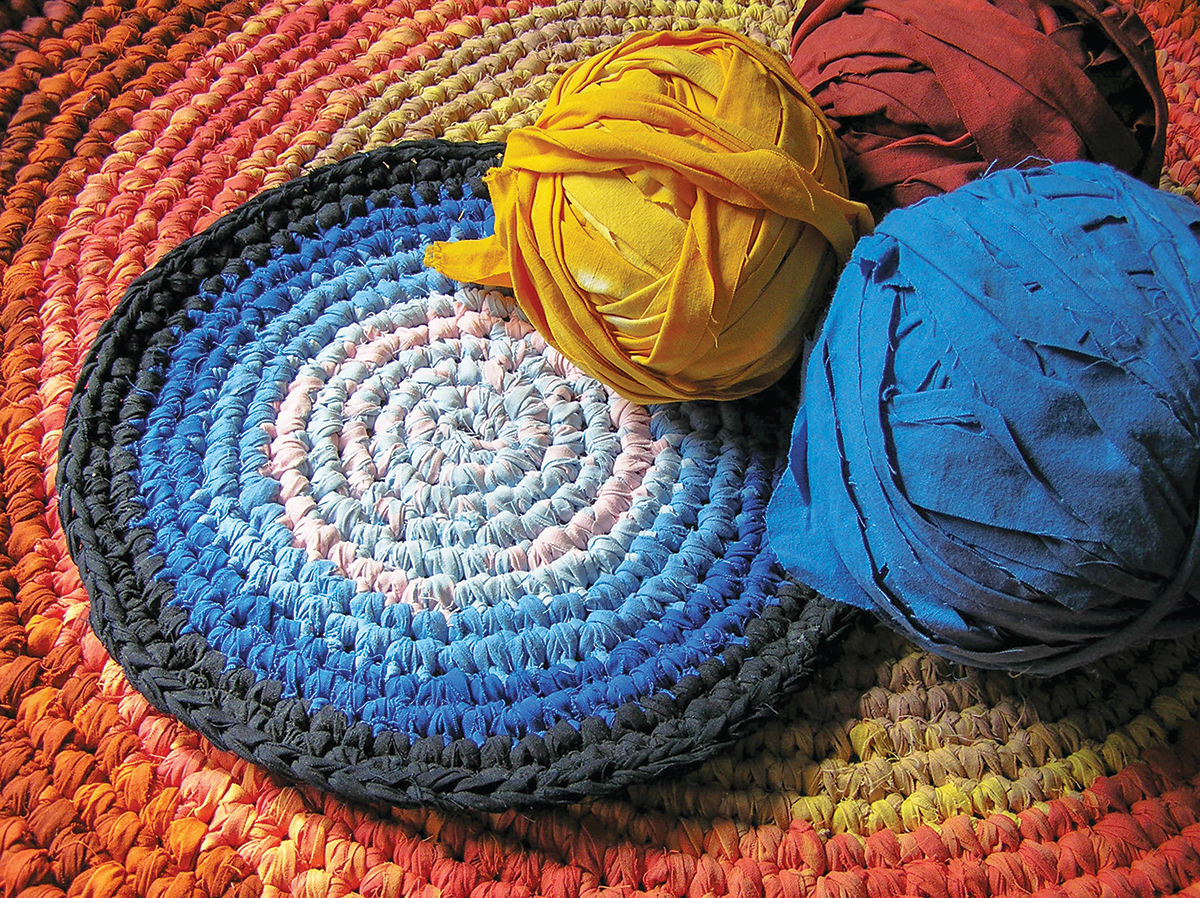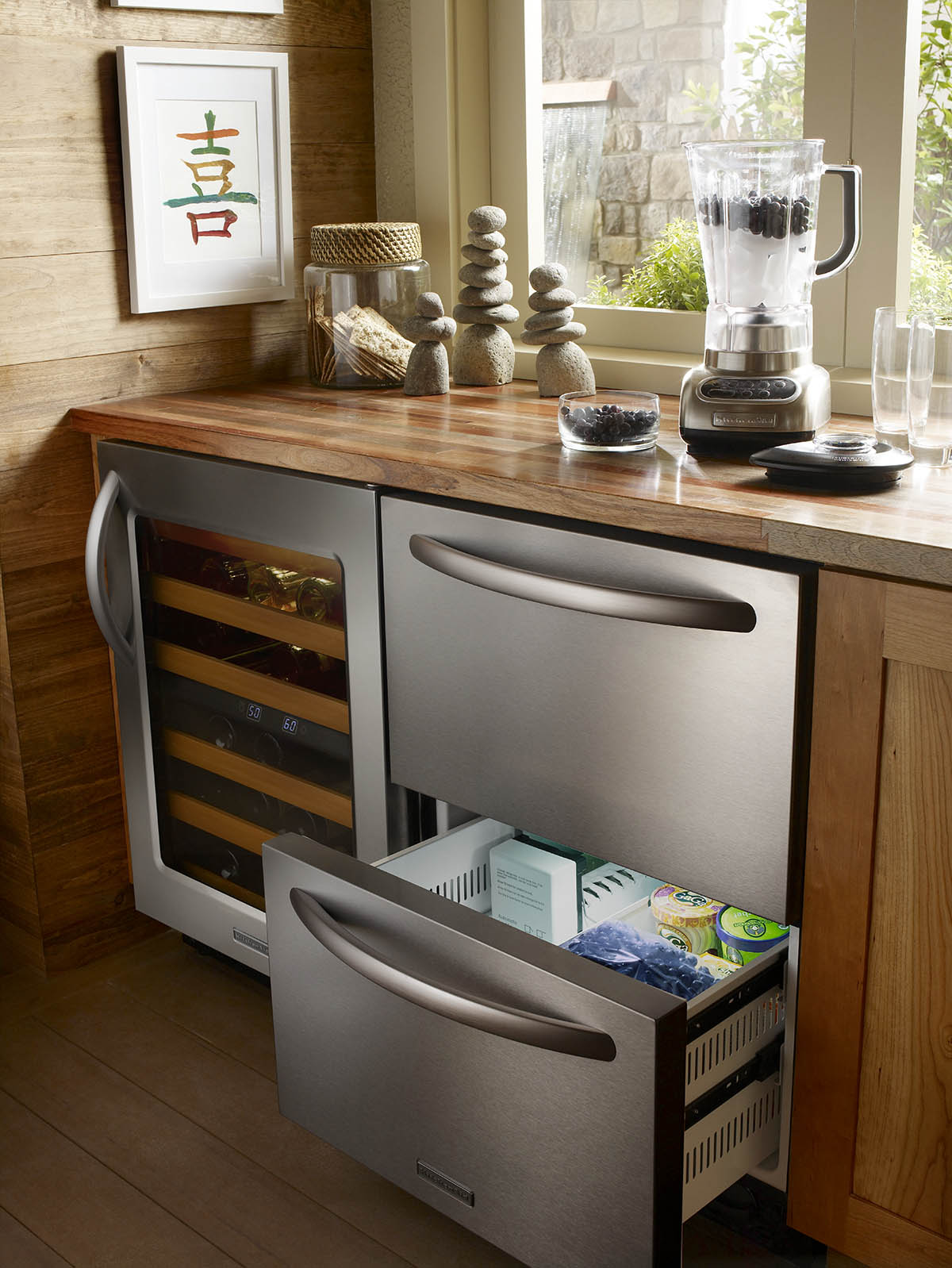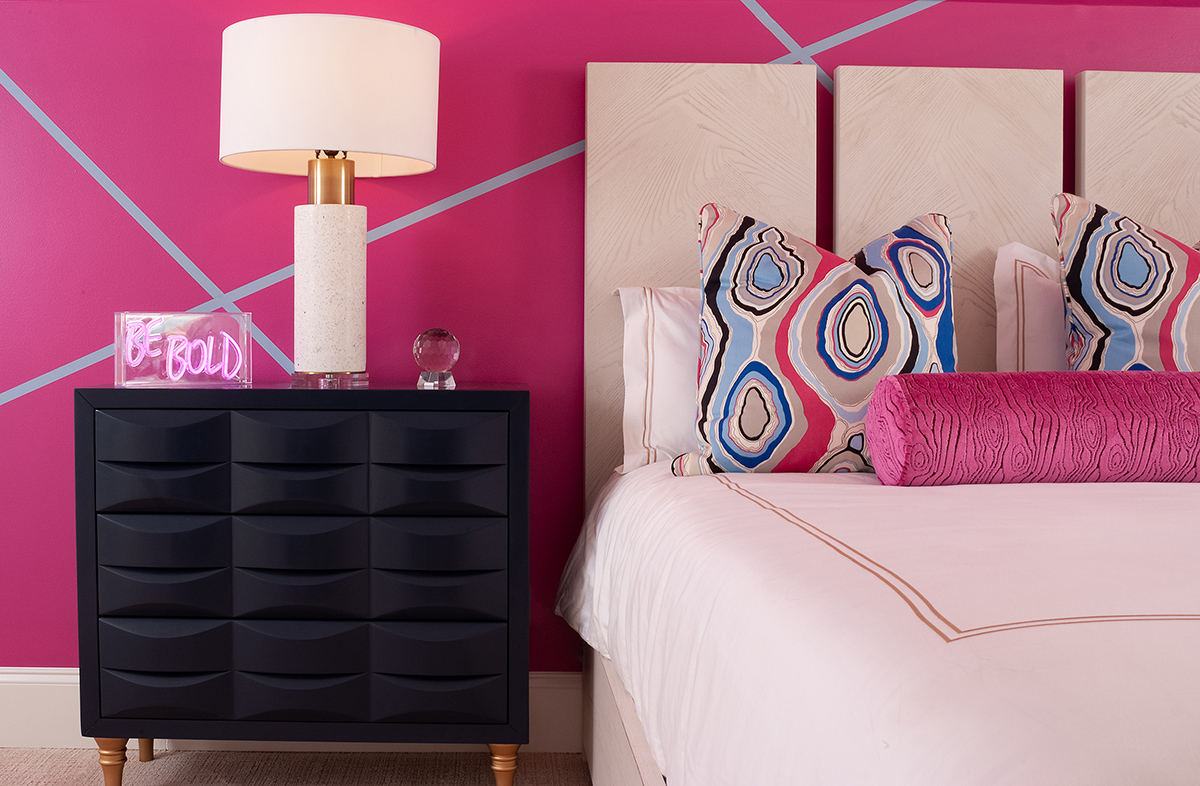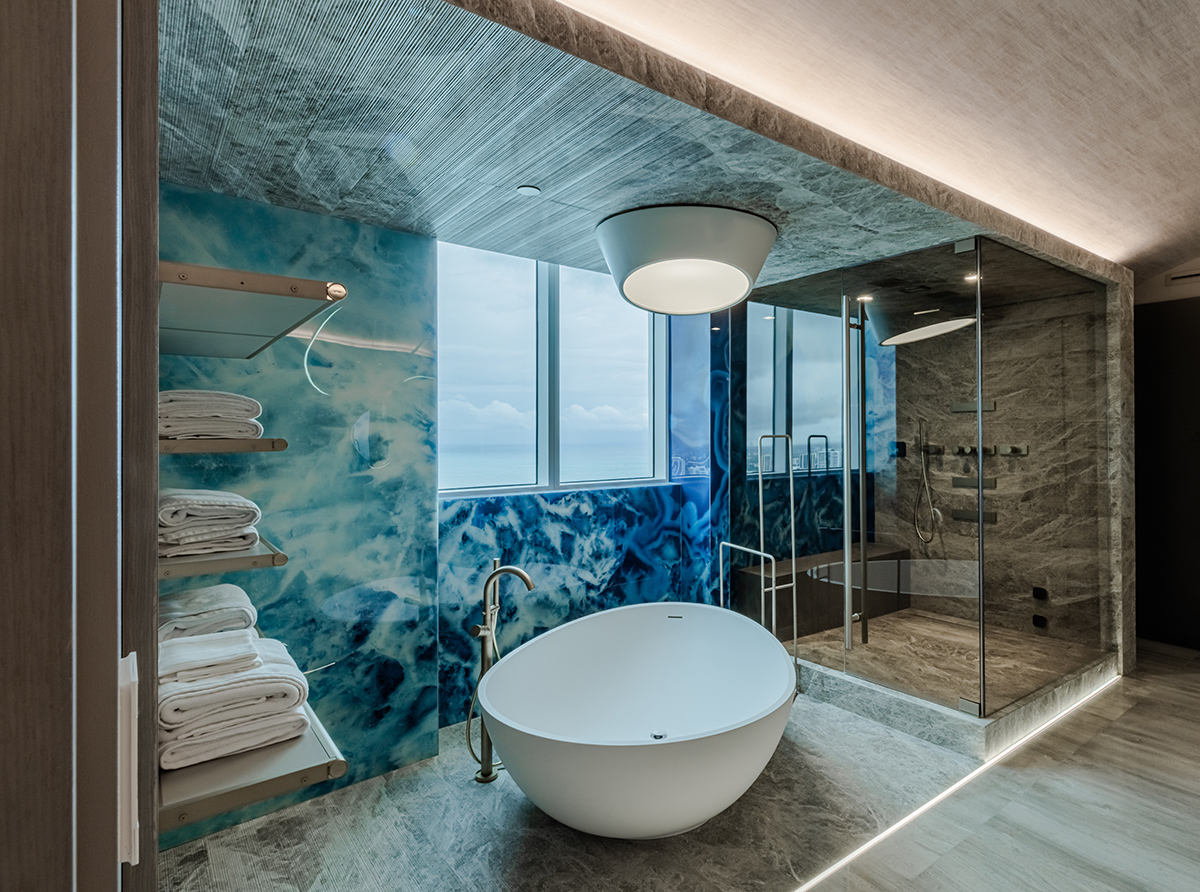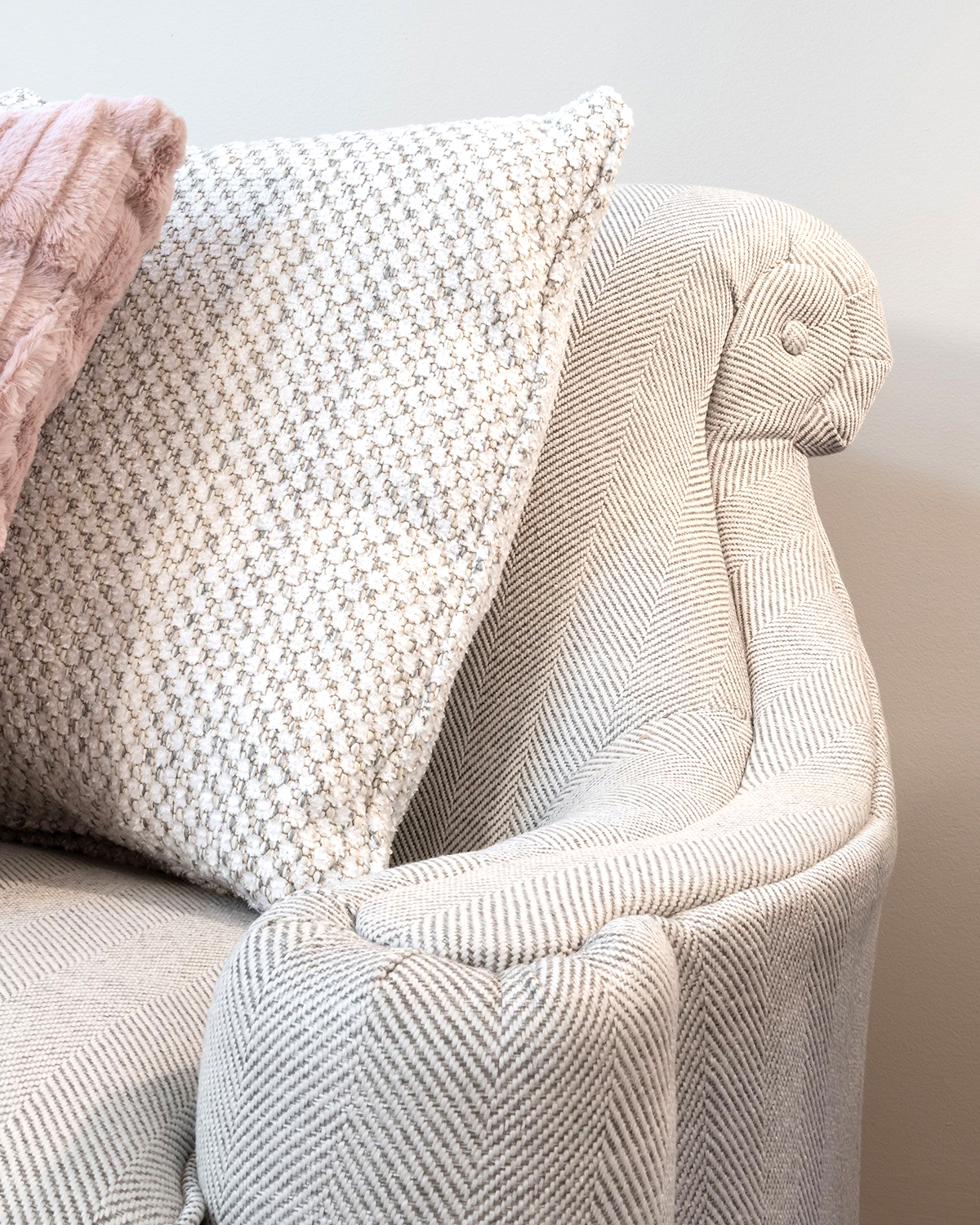WRITER | CHRISTINA FORD
Whatever your style of home décor, the latest trend to adorn your floors is to “go green.” And black. And orange. And yellow. Yes! Vibrant, hearty rag rugs are making a comeback, and they represent the epitome of fashion-meets-recycling. Constructed from bits and pieces of worn textiles, rag rugs can offer any floor a pop of color and timeless style as well as a way to reuse ragged remnants! Fashioned from a wide array of materials such as wool, cotton, canvas, and silk, rag rugs are made from tearing old, tattered cloth or “rags” and attaching the pieces using various techniques such as hooking, looming, crocheting, braiding, and looping.
As a matter of fact, grandma may know about some of these approaches to rag rugging. Or maybe she was one of the unlucky ones who was forced to tear up fabric against her will! Bonnie Sprout, who is from a small town in Michigan, has been making rag rugs for over 30 years. Using her great-grandmother’s original loom, Sprout uses recyclables such as curtains, long johns, socks, and sheets to make quality, one-of-a-kind rag rugs that she sells at craft shows. Her grandma, on the other hand, was not as fortunate. During the Depression, she would assemble rag rugs out of anything she could get her hands on (including nylons!) and had to trade them for items of need.
Pat Wenzel, another Michigan native, uses a different technique to make rag rugs: the toothbrush method, also referred to as the Scandinavian Loop. “Years ago, toothbrushes were made with wide wooden handles,” she said. “One side would have a hole in it for hanging, and the other end contained the brush. When the bristles wore out, they were cut off, and the wood was sharpened to make a point, creating a big, fat, sewing needle!” Applying a method like a slip knot, she uses the needle and long strips of fabric from thrift store sheets to create colorful, radiant rag rugs.
Though rag rugs are all the rage today, they have a long history of furnishing floors. Sadly, the archive of this craft is fairly intangible, as the rugs were so well used that nothing remained. At the turn of the century, many families were poor, and making rag rugs was an art of necessity. Using old clothes and blankets provided a resourceful way to add both warmth and decoration to their homes. Strategically placed to extend the lifespan, the newest rug was placed at the front door, and from there it went to the lounge room, bedroom, kitchen, and, finally, the back door. By that time, they were usually so ragged that they couldn’t be used anymore. The popularity of rag rugs continued through the Depression, but once wall-to-wall carpeting hit the market, they lost their appeal and demand.
Originally, rag rugs were purely practical, designed to get every possible use from every scrap of fabric in a home. Today, rag rugs are viewed more as decorative, fun craft projects. They are reversible, environmentally friendly, washable, and can be placed anywhere. Rag rugs have a casual elegance that makes them versatile in many different decorating approaches. Whatever your style, be it Mid-century Modern to fabulous Farmhouse, be thankful the rag rug has returned.


